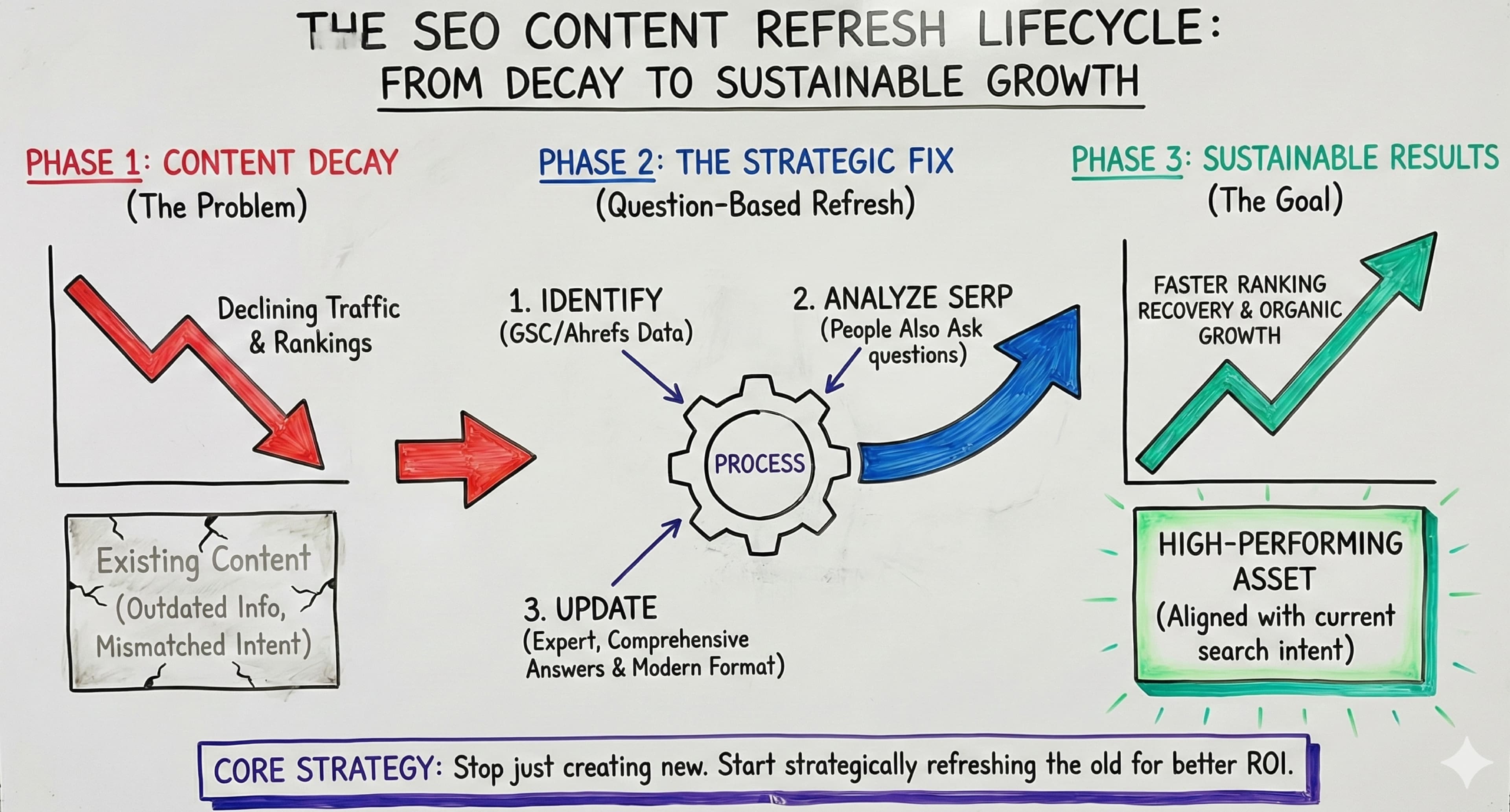SEO Content Refresh: How to Update Old Content for Better Rankings
Stop creating new content and start refreshing old content. This proven SEO strategy delivers faster results and sustainable organic traffic growth.
•4 min read
Details

Loading content...

